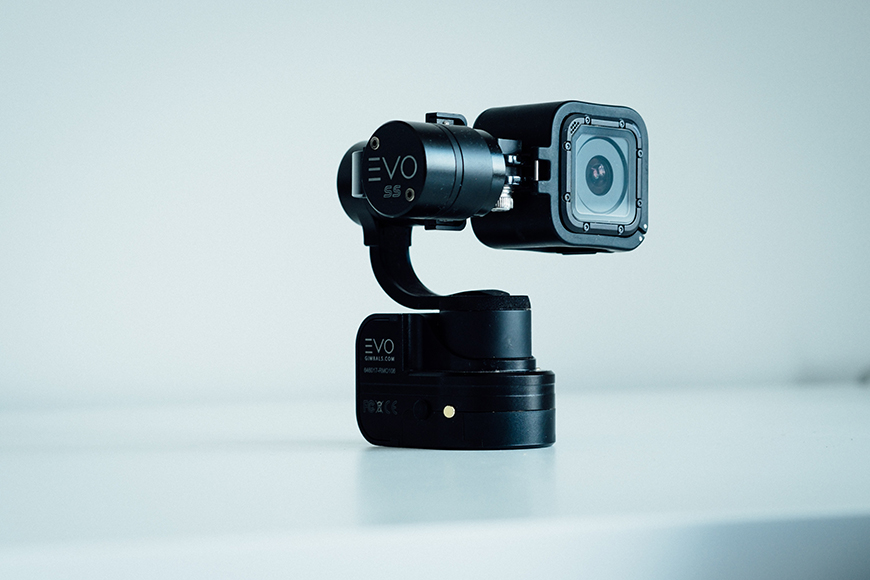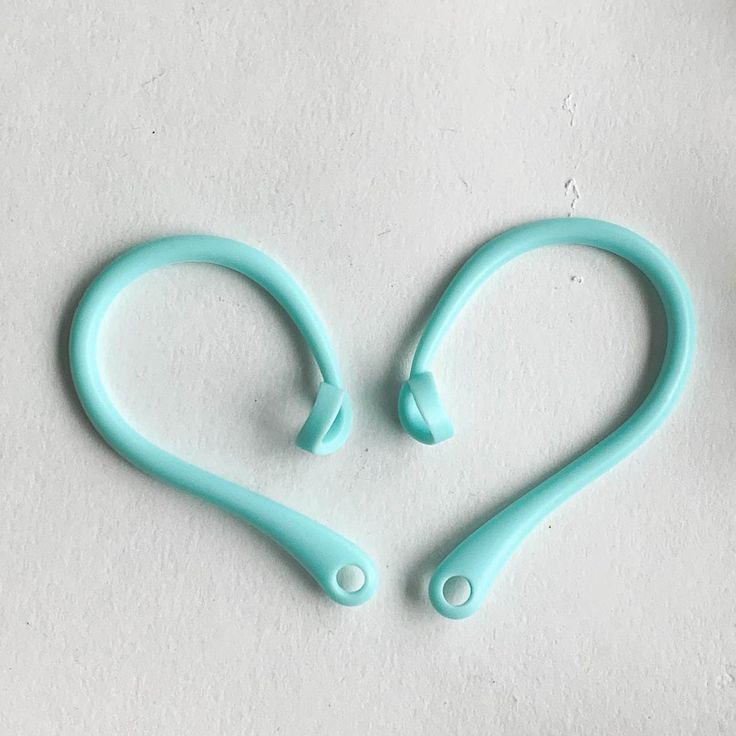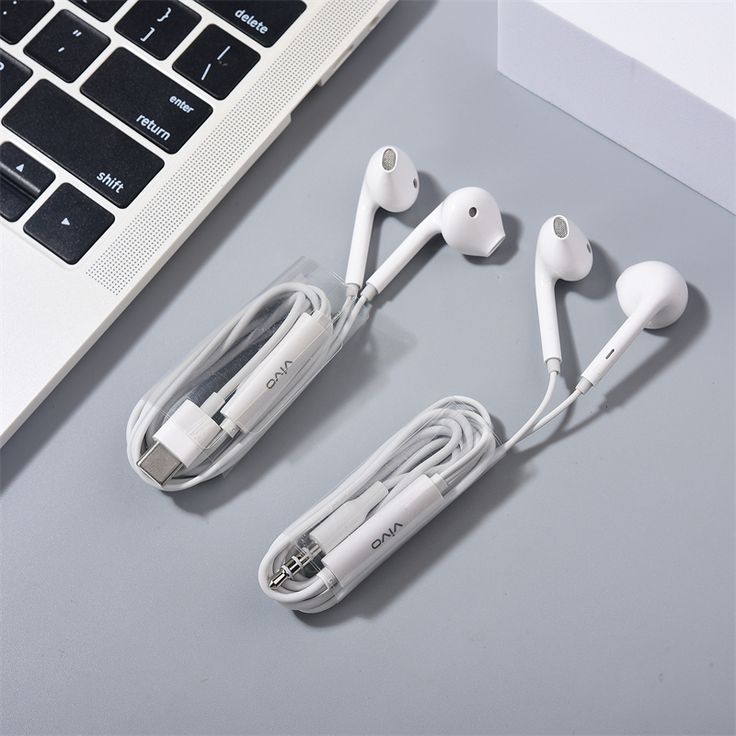Gimbals have become an essential tool for content creators worldwide. They allow for smooth and stable footage, even when in motion, providing professional-looking videos without the need for expensive equipment or production teams. However, with so many gimbals on the market for different applications and budgets, selecting the right one for the job might be overwhelming. In this article, we will guide you through selecting the right gimble for different video projects.

2-Axis Gimbals
2-axis gimbals use two axes to stabilize the camera, typically providing stabilization for tilt and roll movements. However, they cannot stabilize the camera’s yaw, which represents the camera’s left and right movements. For this reason, 2-axis gimbals are an excellent option when a video only aims to capture a limited field of view. Moreover, 2-axis gimbals are often lightweight, budget-friendly, and easy to transport, making them ideal for basic video projects or those on a tight budget.
3-Axis Gimbals
3-axis gimbals use three axes to stabilize the camera for pan, tilt, and roll movements. These gimbals have become the most popular option, largely because they provide stability even when dealing with random yaw movements and full 360° range of motion. With 3-axis gimbals, you can capture high-quality footage with smooth, professional-looking results, making them a great option for most video projects. However, 3-axis gimbals can be relatively expensive, heavier, and more challenging to operate than 2-axis gimbals.
4-Axis Gimbals
4-axis gimbals have been developed to provide even more efficient footage stabilization by using four axes. They add the horizontal axis to the pitch, yaw, and roll translation that 3-axis gimbals already provide. This additional axis ensures that the camera remains stable in extreme situations, such as capturing video in strong winds or rough terrain. However, 4-axis gimbals are relatively expensive, heavy and can be challenging to use, making them ideal for highly specialized video projects or experienced content creators.
Stabilizer Designs
Handheld gimbals are popular for their portability and flexibility, but some video projects might require long shooting sessions, which may become tiring when holding the stabilizer for extended periods. In such cases, a wearable gimbal that can be attached to a harness, backpack or vest might be more effective. The wearable gimbal allows the operator to move the camera freely while keeping the camera stable. Alternatively, some filmmakers prefer to use a tripod mounted gimbal or robotic arm stabilizer, which provides more stability than handheld gimbals.
Another important factor to consider when selecting a gimbal is the compatibility with your camera gear. Some gimbals are designed for specific camera models, while others are more versatile and can work with various camera systems. Therefore, it is crucial to ensure that your chosen gimbal is compatible with your camera.
Additionally, consider the weight capacity of the gimble. Depending on the camera and lens that you plan to use, you need to choose a gimbal that can handle the weight of your gear without compromising on stability.
Finally, keep in mind the price range when selecting a gimbal. While higher-priced gimbals may have advanced features, consider your budget and the specific requirements of your video projects to avoid overspending.
In conclusion, selecting the right gimbal depends on several factors, such as the type of video project, camera compatibility, weight capacity, design, and price. Take the time to research and compare different gimbals based on these factors, and don’t forget to seek professional advice or user reviews before making a final decision. Remember, the right gimbal will allow you to achieve smooth and stable footage, taking your video projects to the next level.









